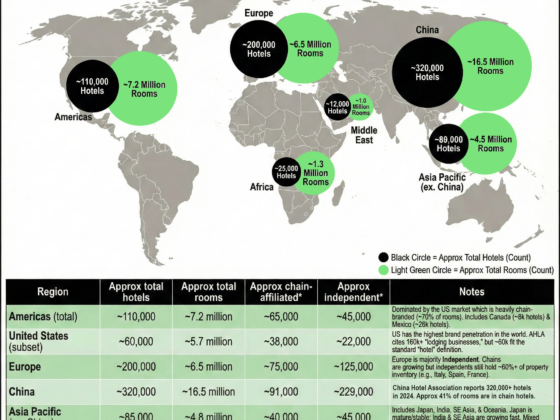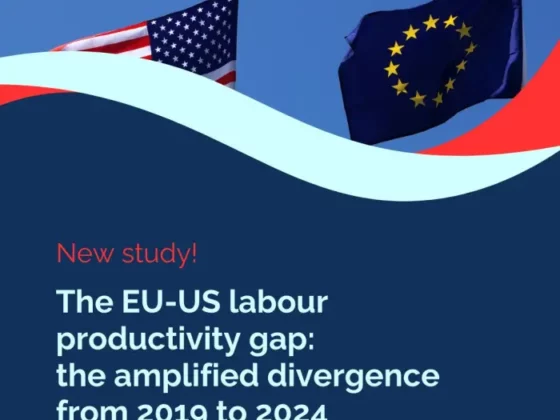
For hospitality leaders, summer brings more than just increased event planning and higher bookings—it also ushers in higher employee turnover.
According to a new ADP Research analysis of five years of ADP payroll data, employers face a significantly higher risk of employee turnover during the summer months of June, July and August. Turnover rises to 3.56% in the summer months, compared to 3.14% in all other months.
This summer, the turnover spike is especially pronounced in the leisure and hospitality industry, according to the analysis. The turnover rate soars to 5.04%—the highest summer attrition rate of any sector. The next closest is the retail trade sector, with a summer turnover rate of 4.87%. For reference, the non-summer turnover rate in the leisure and hospitality sector amounts to 4.28%, which is the second highest to the retail trade sector.
Ultimately, turnover is a constant talent challenge for the hospitality sector. One of the reasons is that hospitality depends heavily on part-time, younger and lower-wage workers, who tend to have higher turnover rates.
For hospitality businesses, adjusting their talent strategy to increase retention can go a long way. Retaining quality employees is a more affordable option compared to replacing employees when it comes to cost, time and resources. Existing employees carry invaluable institutional knowledge of how the business operates, making it costly and time-intensive to train a new employee.
In addition, a group of retained employees helps build a sense of culture and team camaraderie, elevating performance, energy and engagement, all of which can trickle down into the all-important customer experience.
So, what are some strategies to increase retention? Beyond competitive total rewards, career pathing and meaningful recognition, frequent check-ins, transparent communication and ‘stay interviews’ can be subtle yet powerful tools to help and improve your team.
Checking-in with employees
Employees don’t leave overnight. There are always signs—if leaders know where to look and how to engage with their employees.
As employees navigate burnout, schedule instability and competing job offers, many begin to disengage long before giving notice. That’s why one of the most effective retention strategies is also one of the simplest: talking to your team.
Consistent check-ins and proactive ‘stay’ interviews are powerful tools for improving retention, particularly in fast-moving hospitality environments. When done well, they create opportunities for feedback, foster stronger relationships between managers and staff and reveal concerns before they escalate into resignations.
In practice, check-ins don’t need to be long or formal. A five-minute chat during shift change, a quick one-on-one over coffee or a text message follow-up after a rough night can all serve the same purpose: showing the employee that someone is paying attention.
For hospitality businesses, where teams are often tight-knit and time is limited, adopting a version of this practice can be as simple as asking, “What’s one thing that went well this week?” or “How can I best support you?” These questions build trust and demonstrate care—two essential elements of retention.
‘Stay’ interviews
Unlike exit interviews, which ask departing employees what went wrong, stay interviews are conversations with current team members to explore what’s going right and what might cause them to leave. Questions might include:
- What do you enjoy about your job?
- What would make your experience here better?
- Have you ever thought about leaving? What prompted that?
The key to successful stay interviews is timing. For the hospitality industry, spring is ideal. By addressing concerns before the season rush, managers can optimize the working environment, keep high performers engaged and reduce mid-season attrition.
These conversations also provide insight into broader trends. If multiple employees point to scheduling inconsistencies, understaffed shifts or a lack of growth opportunities, leadership can act before it affects morale company-wide.
People stay when they feel seen. It doesn’t take a major initiative to make that happen—it starts with a conversation.
Story contributed by Amy Freshman, senior director, global HR, ADP Research.





